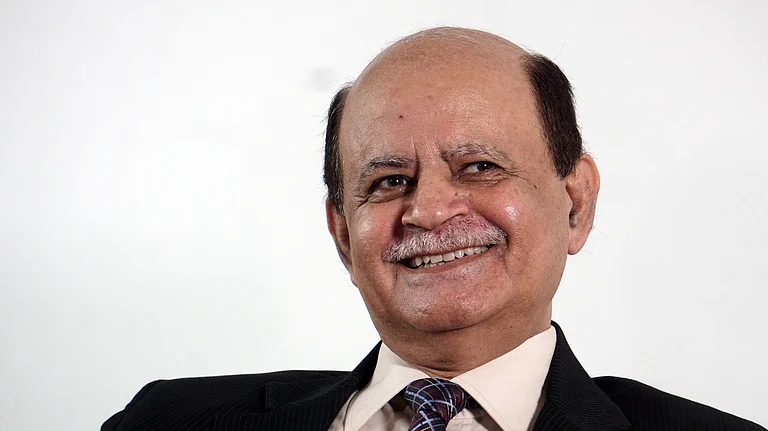Companies in India, including the non-banking financial firms (NBFCs), will require nearly Rs 115-125 lakh crore in debt to fund capital expenditure and working capital by 2030. Out of the total Rs 115-125 lakh crore around Rs 45-50 lakh crore will be needed to fund capex, and the remaining will be utilised towards working capital needs and financial requirements of the NBFCs, ANI reported, citing a report by Crisil.
“Corporate India will need to raise approx Rs 115-125 lakh crore of debt between fiscals 2026 and 2030 to meet private and public sector capex,” the report stated.
Infra Sector to Drive Debt Requirement
The infrastructure sector is projected to require the maximum capex and is going to drive nearly 55% of the total debt needed between 2026 and 2030. This comes at a time when the government is putting a lot of impetus on infrastructure development in the country, fueled by greater emphasis on renewable energy and the road sector, an EY report earlier highlighted.
“Investments in renewable energy and roads drive India’s infrastructure growth, paving the way for sustainable development,” said EY India Partner International Tax and Transaction Services, Ajit Krishnan, according to EY’s report.
The report noted that corporate India’s leverage has been at its lowest in the past ten years.
The study by Crisil also stated that India’s financial ecosystem, including banks, bond market and external commercial borrowings (ECBs), is projected to grow at a rate of 10% annually by FY30. But the 10% pace of the growth will not be enough to meet the overall debt requirement of the overall corporate India and chances are there that a funding gap of Rs 10-20 lakh crore will be there.
The role of corporate India will be crucial in bridging the funding gap backed by appropriate regulatory and policy measures, the report mentioned. The stronger the bond market is, the easier it will be to raise loans and reduce dependence on banks.
“The corporate bond market has the potential to step up its funding contribution and help bridge this gap,” the report suggested.






























